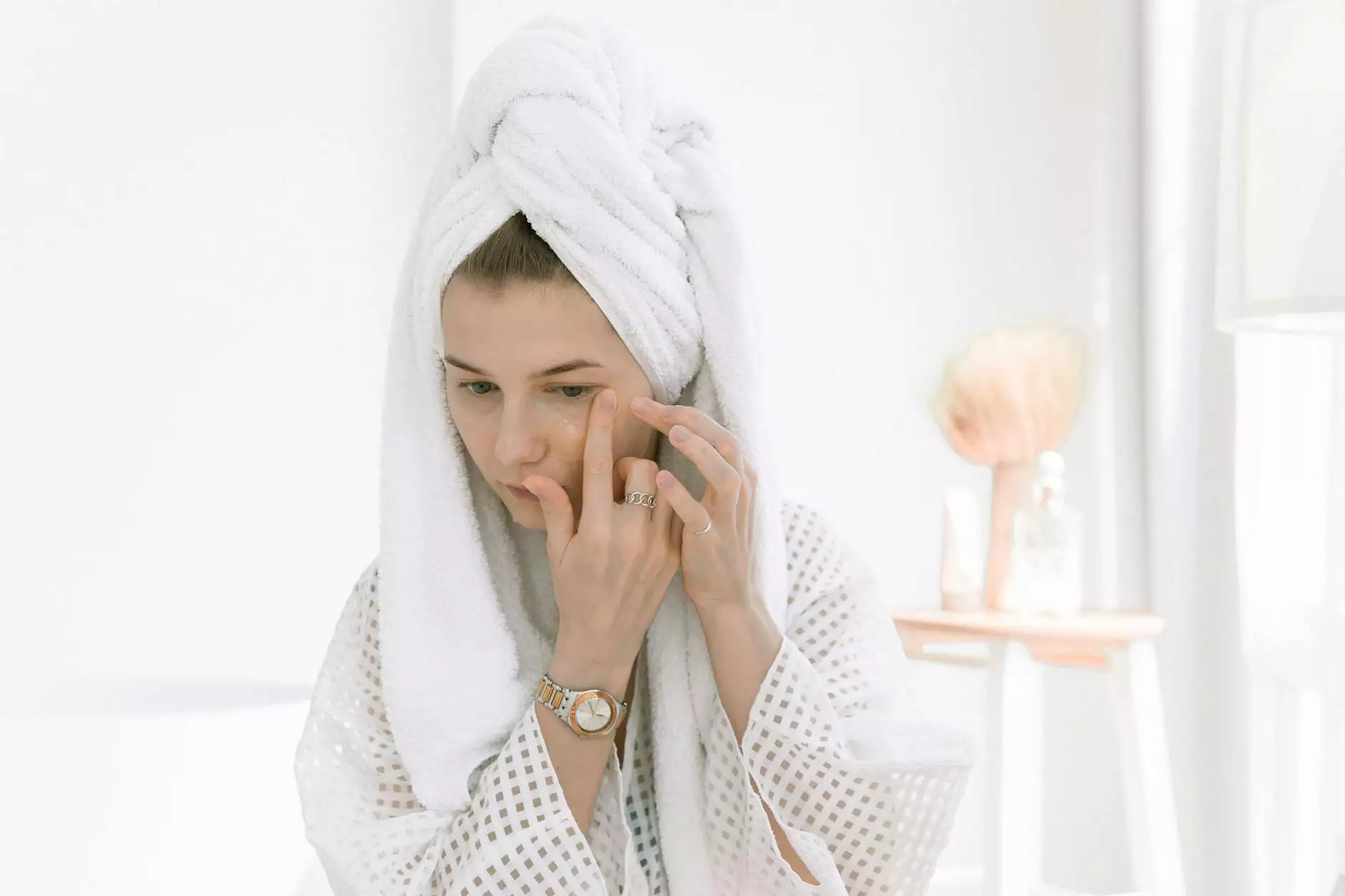Warts vs Corns: Understanding the Differences

When it comes to foot care, it is essential to know the differences between various foot conditions to receive proper treatment. In this article, we will discuss the differences between warts and corns, two common foot problems that can be easily confused. At The Foot Practice, a leading podiatry clinic specializing in foot care, we are dedicated to educating our patients about foot conditions to help them make informed decisions regarding their health.
What are Warts?
Warts are small, rough, and hardened growths that appear on the skin's surface. They are caused by a viral infection known as the human papillomavirus (HPV). Warts can occur on various parts of the body, including the feet. When it comes to foot health, plantar warts are the most common type that affects the sole of the foot.
Plantar warts are usually flat with a rough surface and can be painful when walking or standing. They may appear as single growths or in clusters, and sometimes have tiny black dots known as "wart seeds." These warts can spread easily in warm and moist environments such as public swimming pools or shared showers.
What are Corns?
Corns, on the other hand, are thickened areas of skin that develop due to repeated friction or pressure. They typically occur on the toes or on the sides of the feet. Corns are often round or cone-shaped and have a hard center surrounded by inflamed skin. Unlike warts, corns do not have viral origins and are not contagious.
There are two types of corns: hard corns and soft corns. Hard corns are the most common and commonly appear on non-weight-bearing areas, such as the tops or sides of the toes. They are compact and dense, causing discomfort and sometimes pain. Soft corns, on the other hand, are usually found between the toes, where the skin is moist. They are softer and can sometimes cause a throbbing sensation.
Differentiating Warts and Corns
While warts and corns may share some similarities, there are distinctive features that can help differentiate between the two:
Appearance:
- Warts have a rough texture and may have black "wart seeds." They can appear as single growths or in clusters.
- Corns have a hard center surrounded by inflamed, sometimes discolored skin. They can be round or cone-shaped.
Location:
- Plantar warts predominantly affect the soles of the feet.
- Hard corns are often found on non-weight-bearing areas of the foot, such as the tops or sides of the toes.
- Soft corns generally occur between the toes.
Symptoms:
- Warts can be painful, especially when pressure is applied. They may cause discomfort or a burning sensation.
- Corns can also cause pain, particularly when walking or wearing tight shoes.
Seeking Professional Help for Treatment
If you suspect you have a wart or corn, it is crucial to seek professional help for an accurate diagnosis and appropriate treatment. At The Foot Practice, our experienced podiatrists are well-equipped to diagnose and treat various foot conditions, including warts and corns.
Our treatment approach for warts may include topical medications, cryotherapy (freezing), or laser therapy to remove the wart and stimulate the immune system. For corns, our podiatrists will assess the underlying cause of friction or pressure and recommend conservative measures to alleviate discomfort, such as padding or orthotics. In some cases, corns may need to be surgically removed.
It is important to note that self-treatment methods found online or over the counter may not always be effective and can potentially lead to complications. Therefore, it is advisable to consult a qualified podiatrist at The Foot Practice for a personalized treatment plan.
Prevention Tips for Warts and Corns
To reduce the risk of developing warts or corns, take the following preventive measures:
- Keep your feet clean and dry, especially in public places.
- Avoid walking barefoot in damp communal areas, such as swimming pools or locker rooms.
- Wear comfortable and properly fitted shoes that provide adequate support.
- Use protective pads or insoles to minimize friction and pressure.
- Maintain good foot hygiene and trim your toenails regularly.
Conclusion
Understanding the differences between warts and corns is essential for accurate diagnosis and effective treatment. At The Foot Practice, our dedicated team of podiatrists is committed to providing comprehensive foot care services. If you suspect you have a wart or corn, reach out to us for professional help. Remember, early intervention and proper foot care are crucial for maintaining healthy feet and overall well-being.
warts vs corns








